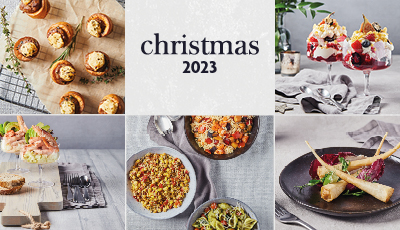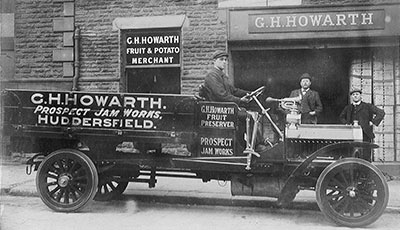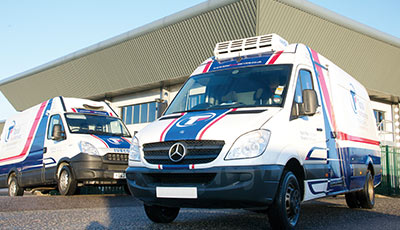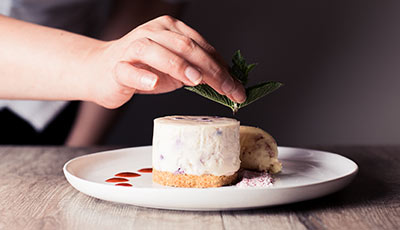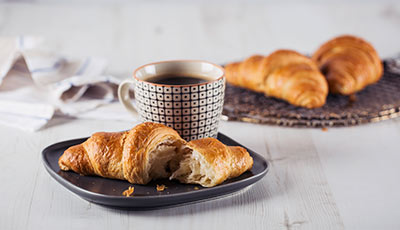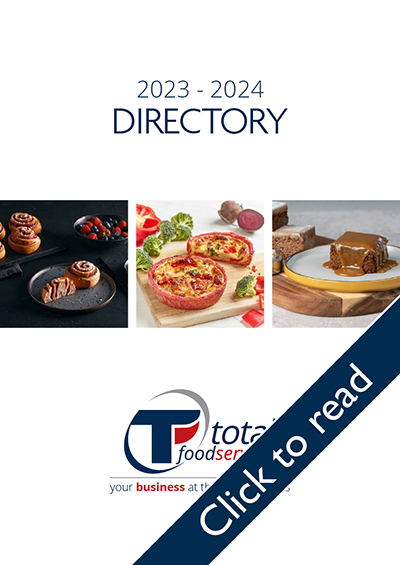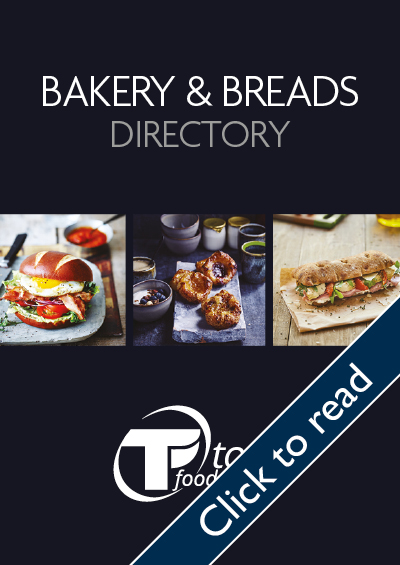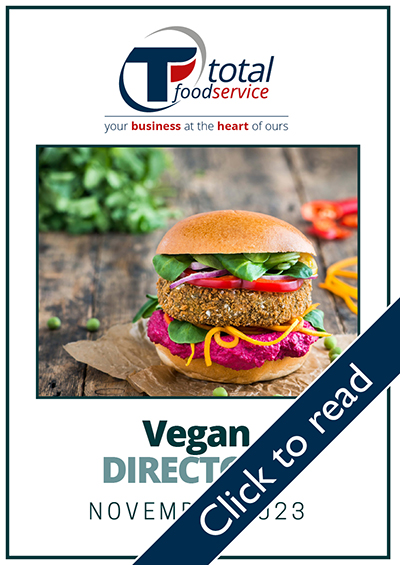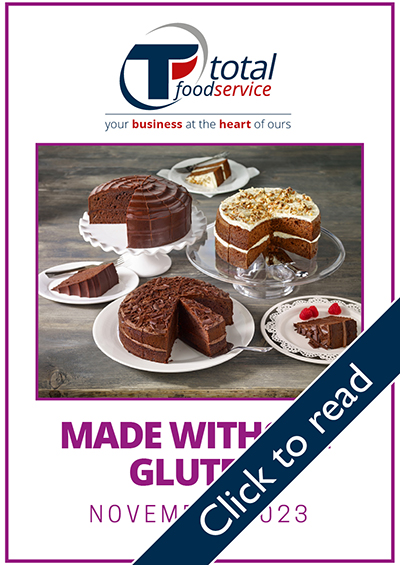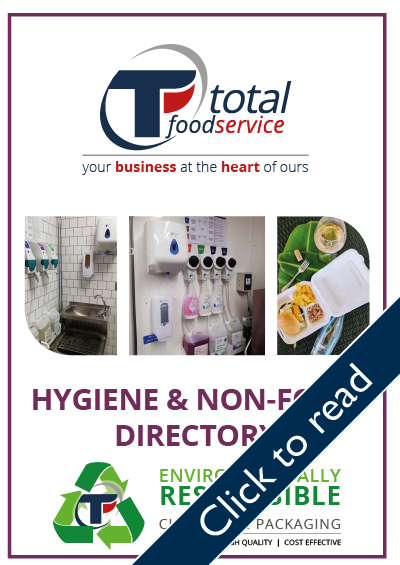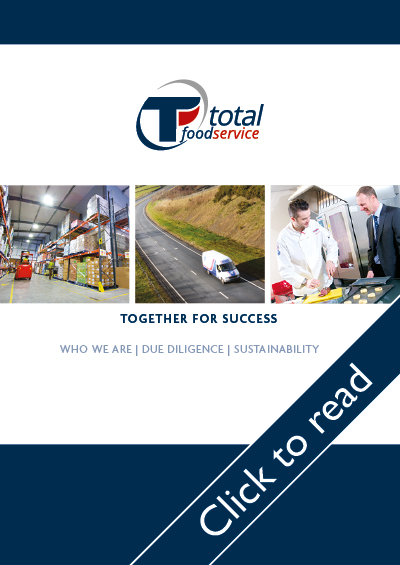Freshly baked bread – how do you make yours?
Freshly baked bread – how do you make yours?
Oh how we love the smell of freshly baked bread; that ‘just out of the oven’ warmth and crisp crustiness – there’s nothing better to tickle the tastebuds – and well, it just tastes fantastic.
Now we all know that supermarkets pipe the smell of baking bread around the store to make us feel hungry and then spend more – we’re not daft! It is a bit of a sneaky trick, but actually one that caterers could do well to copy.

So what’s the best way to bake your own bread? Back to the supermarket model again we’re afraid . . .
Supermarkets could not possibly offer the massive choice of artisanal breads as well as more standard fare like crusty loaves and baguettes if they made it all from scratch in store. They simply don’t have time, space or required skills.
Instead they offer a mix of bread made from scratch – the crusty tin loaves and baguettes – which chiefly consist of flour, water and a little yeast, and partly baked breads which either have lots of additional goodies included in the dough (olives, sundried tomatoes, cheese and so on) or need long slow fermentation (ciabatta, sour dough, focaccia) – which they bake from frozen.
Of course there are pros and cons of both ways of baking bread.
All bread starts with the basic raw ingredients of flour and water and yeast. A large bread making factory takes these relatively inexpensive ingredients to create a range of products. This adds all sorts of overheads – labour, electricity, storage, transport – plus of course the factory needs to make a profit margin.
So for a caterer baking from scratch will always mean a lower ingredient cost than buying a frozen ready to bake product. However, any caterer will also need to factor in the time taken to make the bread from scratch, what cash margin he might make in selling the bread, and whether that time might be better spent making products with a higher sales margin. It may still be the case that making bread from scratch is still a better cost option – and indeed it must be as Total Foodservice sells large quantities of bread flour and yeast every week!
For the more novice baker who’s not quite confident of the right yeast levels and proving times, the next step up from scratch baking is to use a bread mix and just add the specified quantity of water. We have white and wholemeal mixes – which can be made into loaves or rolls and also used as great base for adding other ingredients to extend the range you offer.
A key aspect of baking from scratch is being able to forecast demand of such short shelf-life products. Supermarkets have masses of sales data to hand and can generally plan to bake just the right amount from scratch to ensure there’s enough on the shelf to satisfy their customers and no wastage at the end of the day.
This is where the ready to bake frozen products have the advantage. Because they only take a short time to bake, it is possible (and preferable) to bake little and often, replenishing stock only when it is getting low – meaning there should be minimal wastage at the end of service. And of course the other key advantage of using frozen bread is the ability to offer a wide variety of products to customers with very little time and effort.
Whatever you decide is best for your establishment – whether you opt to bake everything from scratch, use only frozen bake off products, or copy the supermarkets and combine the two, Total Foodservice can supply all you need from our Provisions or Frozen directories. Just take a look.
Happy baking!



